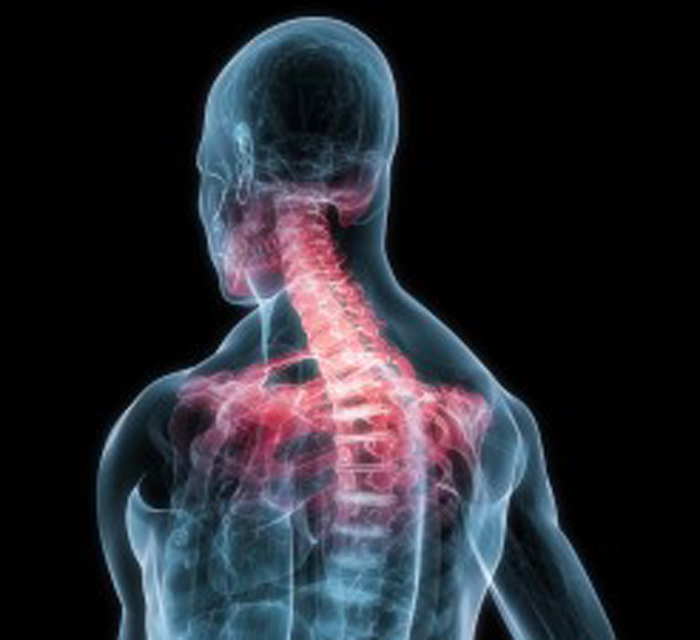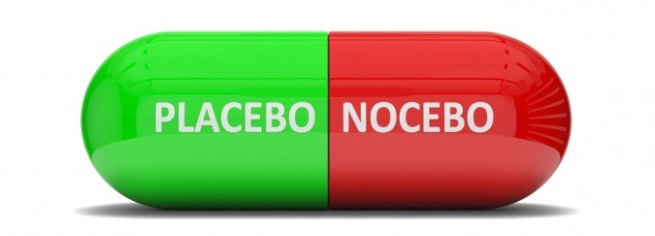Manipulative Therapy: Just a Placebo?
SOURCE: Dynamic Chiropractic
By John J. Triano, DC, PhD
Excerpted from: Triano J: Manipulative Therapy in the Management of Pain.
Clinical Pain Management: A Practical Approach 3rd Edition,
Lippincott, Williams & Wilkins Pub, November 2001.
Chiropractic care, particularly spinal manipulation or adjustment, is an increasingly frequent topic in medicine and health care policy circles. As evidence has accumulated to support use of these services, there is frequent reference to a presumption of placebo effect being the mechanism of favorable responses reported in the literature. These charges are easily refuted by specific data. In my experience, a professional head-on response silences these critiques and allows the discussion to refocus on a much more useful topic: appropriate use the paragraphs that follow were crafted as a part of a book chapter on the role of chiropractic manipulation in management of pain the basis often used to set the stage for a claim of a placebo effect. An effective rejoinder follows.
Discourse on manipulation usually raises the question of placebo effect. A frequent observation is that chiropractic patients are more satisfied by their treatment experience than when they are attended by other proaviders. [1, 2]
A number of elements contribute to this popular contentment, including physician-patient interaction. Manipulation treatment often requires several encounters involving physical contact and direct physician attention over a focused time interval. Can these factors be responsible for the perceived clinical benefits?
There are more articles like this @ our:
At least two controlled clinical trials have addressed the question of placebo effect directly. [3, 4] Using a stratified design, Hadler and Curtis [3] compared two forms of spinal manipulation: high velocity, low-amplitude thrusting procedures versus mobilization techniques. A single treatment intervention was administered randomly to patients suffering from acute low back pain. Patients were assessed by one physician and treated by the other. Physicians gave their time to both groups equally and included back educational material and assurance.
Triano and colleagues [4] studied treatment effects for patients with low back pain persisting longer than seven weeks. Subjects were randomly assigned to a back education program, high-velocity low-amplitude (HVLA) manipulation and sham/mimic treatment procedure groups for a series of 10 treatment sessions. Sessions were scripted to balance for physical contact, attention, and intervention frequency and duration. Sessions involved a consistent time commitment and direct one-on-one attention from the physician, either in the form of teaching about spine anatomy and function, or in assessment and delivery of the sham/HVLA procedures.
In both studies, all treatment groups showed improvement over time. However, the patients receiving thrusting procedures demonstrated significantly greater and more rapid rates of improvement from their symptoms and in their ability to function.
“These results suggest that physician attention, in any form, appears to benefit patients with back pain. The data also show that, at least for thrusting techniques of manipulation, there is a treatment-specific advantage beyond those nonspecific effects. Attributing patient response and satisfaction from health care encounters with manipulation to placebo alone is unjustifiable based on the clinical data.”
Moreover, it is important to acknowledge that placebo effect is a part of the response from every doctor-patient encounter. So what? The question is, does the clinical affect exceed that of placebo? In the case of spinal manipulation, that answer is a definite “YES.”
“A patient finally went to a chiropractor for her back pain after finding no relief with the orthopedist. After three adjustments and a week of no symptoms, she had a follow-up visit with her M.D.
Upon learning about the success of the D.C., the orthopedist stated, “That was just the placebo effect.”
The patient responded, “If it works so well, why didn’t you use it?”
–– Attributed to Robert Mootz, D.C.
References:
- Cherkin D, Hart LG, Rosenblatt RA.
Patient satisfaction with family physicians and general internists: is there a difference?
J Fam Pract. 1988 (May); 26 (5): 543-51. - Carey TS, Garrett J, Jackman A.
The Outcomes and Costs of Care for Acute Low Back Pain Among Patients Seen by Primary Care Practitioners, Chiropractors, and Orthopedic Surgeons
New England Journal of Medicine 1995 (Oct 5); 333 (14): 913–917 - Hadler N.M., Curtis P. Gillings A.
Benefit of Spinal Manipulation as Adjunctive Therapy for Acute Low Back Pain: A Stratified Controlled Trial.
Spine (Phila Pa 1976). 1987 (Sep); 12 (7): 702-6. - Triano JJ, McGregor M, Hondras MA, Brennan PC.
Manipulative Therapy Versus Education Programs in Chronic Low Back Pain .
Spine (Phila Pa 1976). 1995 (Apr 15); 20 (8): 948-55
John Triano,DC,PhD
Co-Director, Conservative Medicine Director Chiropractic Division,
Texas Back Institute Teaching Adjunct Faculty,
UT Southwestern Medical Center/UT Arlington
Joint Biomedical Engineering Program
Plano, Texas
jtriano@texasback.com






This study found statistically and clinically significant improvements in pain and quality of life among patients receiving acupuncture and osteopathy for their MSK pain, and high levels of patient and healthcare professional satisfaction with the service. This suggests that the provision of osteopathy and acupuncture for MSK pain is achievable in a GP surgery with diverse patient demographics, complex MSK pain issues (including high anxiety and depression) and minimal preparation for the CAM service. A GP surgery can quickly adapt to incorporate complementary therapy provided key principles are followed.
http://www.medscape.com/viewarticle/747199?src=mp&spon=34
Above is the conclusion of an article in British Medical Journal. It seems there’s plenty of critics of manual medicine/manipulation but at the same time there’s plenty of interest in using manipulation for neuro-musculoskeletal conditions. This article on Medscape looks at the ‘feasibility of using acupuncture and osteopathy in a general practitioner setting for musculoskeletal conditions.
Regarding the “placebo” effect I believe it’s rather difficult to be sure either way. I believe many people/patients experience positive effects of treatments/care just from the fact that they are receiving care vs. no care.
Karl
I think it’s time you submit an article for the blog! We would be honored.